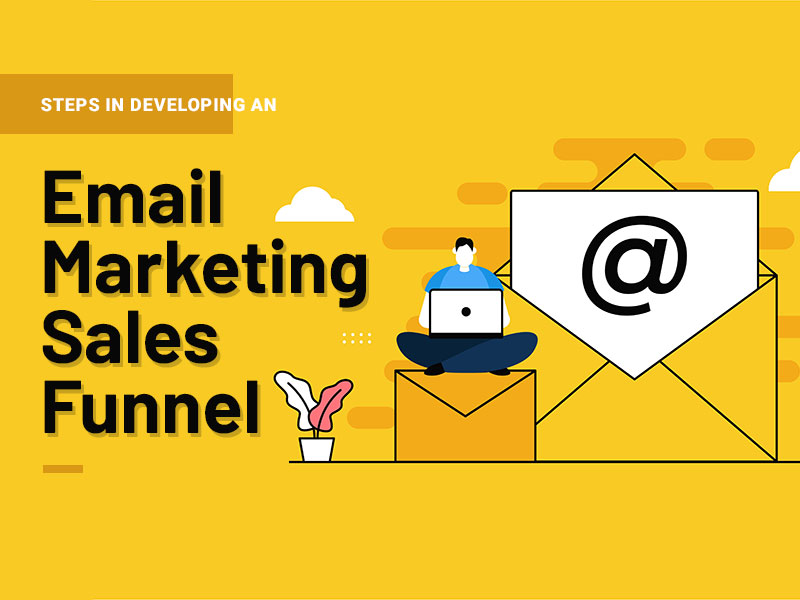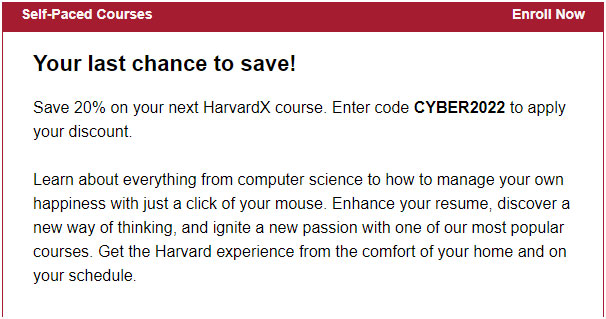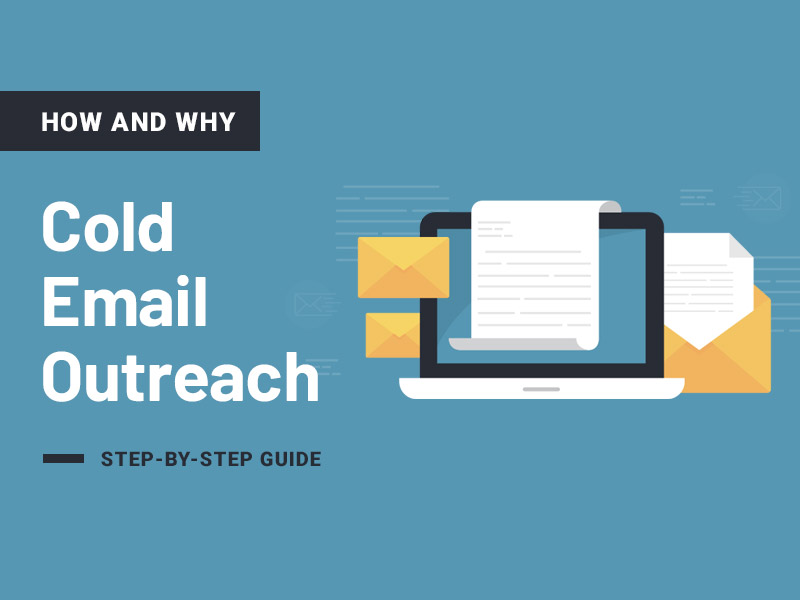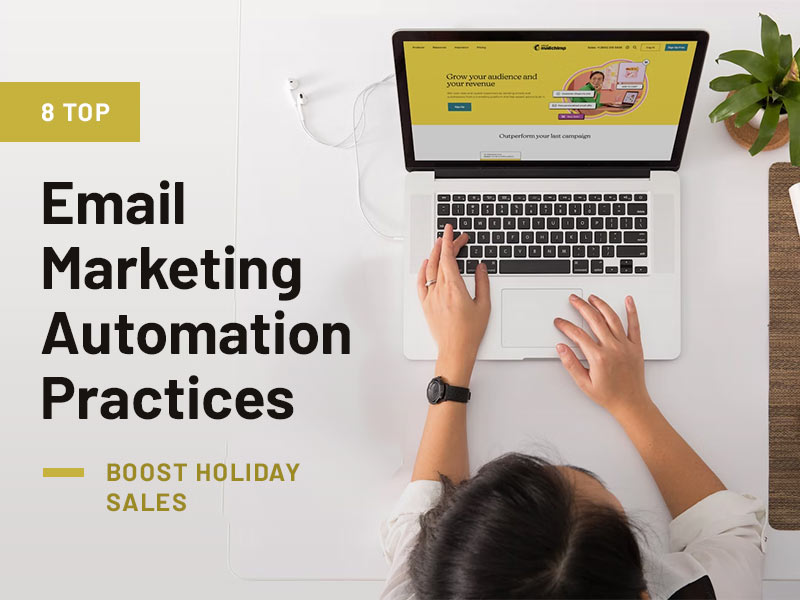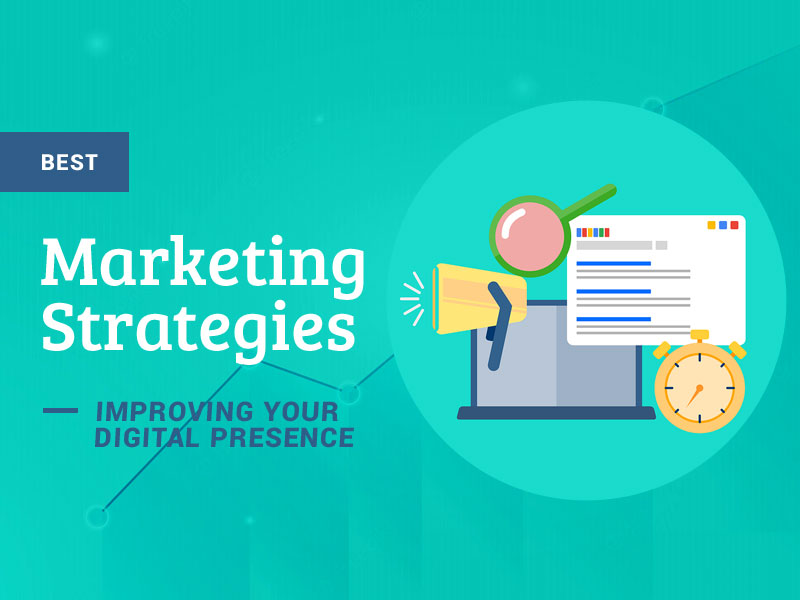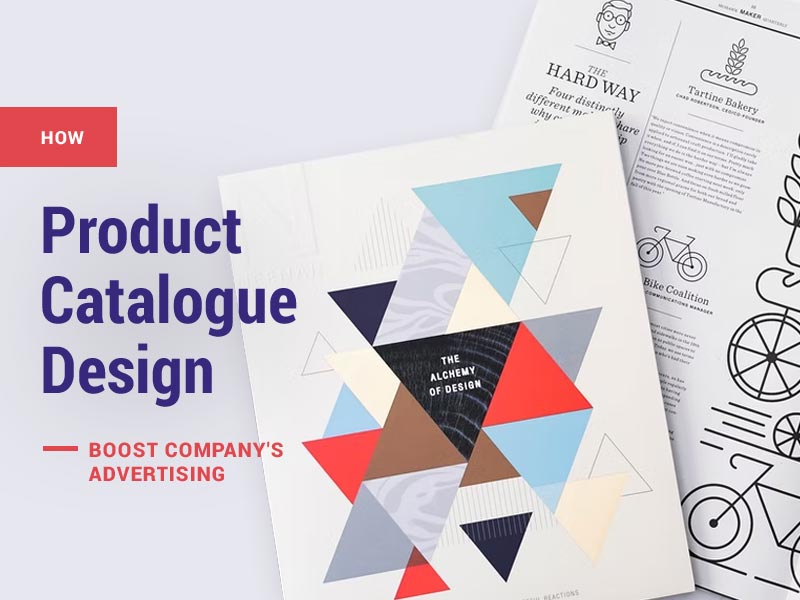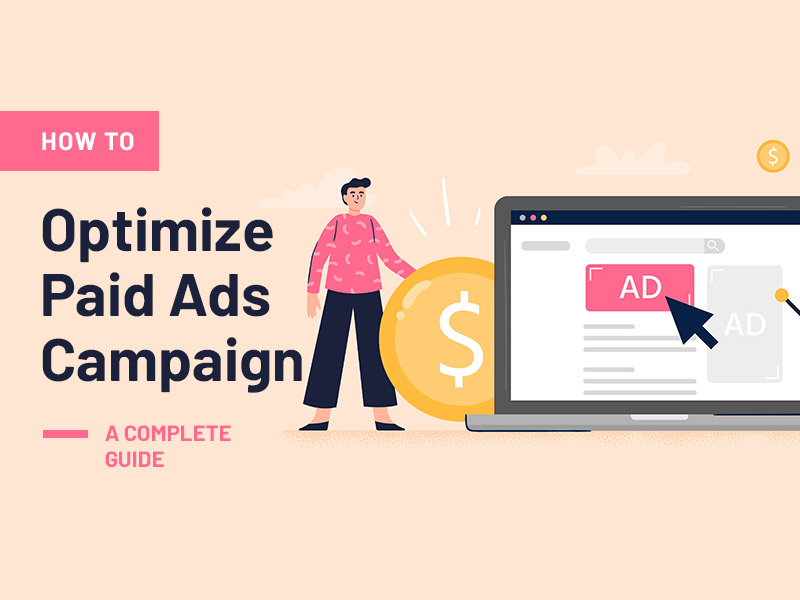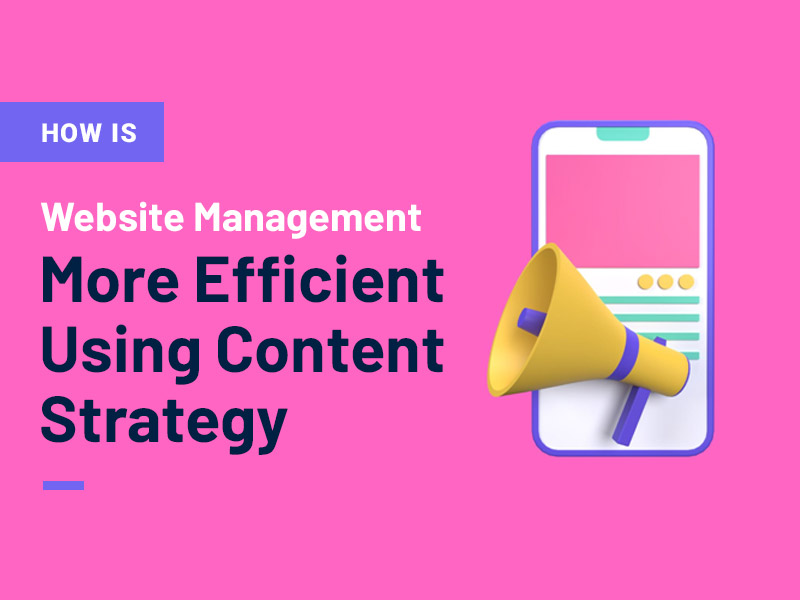A sales funnel works like magic. That’s just one reason why they have become so popular among marketers, entrepreneurs, and salespeople.
As a marketer, your goals shouldn’t be different from other marketers – to build your email list and boost your conversions. However, setting the goal is just the first step.
While email marketing is considered an effective marketing strategy by 73% of marketers, without a good strategy, it won’t take you very far. An email marketing sales funnel can not only help create a good strategy but also help you streamline your marketing efforts in a more profitable direction.
In this article, we will discuss the four major steps involved in developing an email marketing sales funnel to help you boost your ROI and conversions.
How to build a sales funnel?
In 1898, advertising advocate Elias St. Elmo Lewis first coined the term AIDA which became the basic steps of a sales funnel. It is a hierarchical model that lays down the basic steps that customers go through before making a purchasing decision. This model is mostly used as a skeleton structure to build a sales funnel.
AIDA stands:
- Attention – Also called Awareness, this is the stage where your customers first come to learn of your product.
- Interest – At this stage, customers become interested in your product after learning how it benefits them.
- Desire – The customer is said to have reached this stage if they show an interest or a preference in your product over other similar products.
- Action – This is the final step where the customer either goes for a trial version of your product or finally makes a purchase.
Steps in developing an email marketing sales funnel
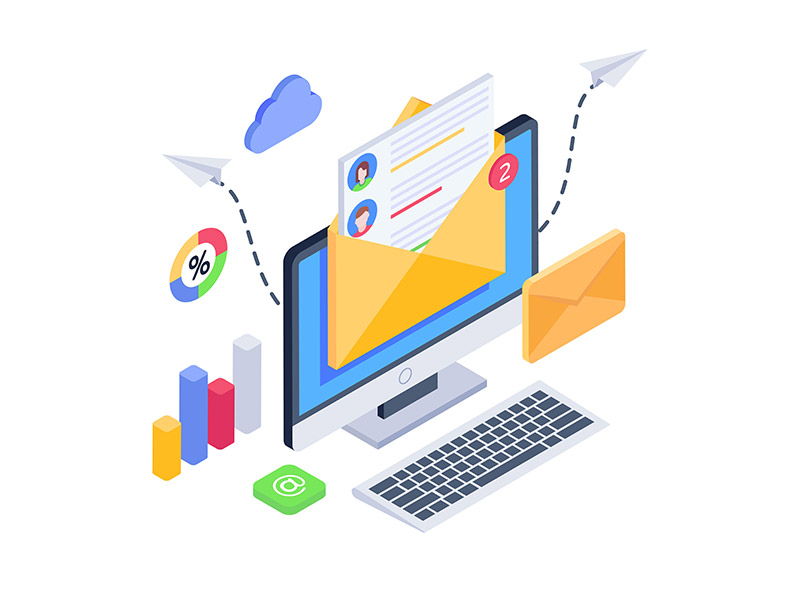
To assist your team to visualize the processes they should take to close deals, consider giving them access to a sales funnel that is specific to your business’s procedures. Here are the steps required to curate one for the SaaS/B2B industry.
1. Generate Leads
The average conversion rate for B2B/SaaS industry is just over 2%. This means for every 100 leads, you will have just 2 customers. This also indicates the huge competition that exists in this industry.
There are two ways to generate leads in email marketing. They are
Opt-in Forms
An opt-in form is a permission-based email collection method in which a user signs up to receive an email from you. This is usually done in exchange for an incentive like a discount, offer, or a product trial. Thanks to increasing strictness in data protection, most companies are now using double opt-in registration forms. It verifies whether a customer wants to be on the email list through a confirmation link in an email.
Getting the go-ahead to send customers email updates can have a big impact on your organization. It also helps you send personalized emails to your leads which increases the open rate by 26%.
Dedicated landing pages
Did you know that a dedicated landing page is a huge potential to turn leads into customers? In fact, there’s a high probability that every 1 in 10 people who visit your landing page will convert.
Creating a landing page that converts is a challenging feat. Leadpages is a popular tool used by marketers to create email marketing sales funnel and website landing pages more conveniently. However, the tool comes with its shortcomings.
Instead, you can use Flodesk. Why is Flodesk a great alternative to Leadpages? Unlike the latter, it is quite flexible and offers several landing page template customization options. It also comes with advanced features like granular testing, dedicated domain name, etc, and is quite affordable.
Users will often be asked to enter information like their names and email address in return for valuable content like a survey. This process helps you in growing your email list while also segmenting the list based on what the users are looking for. It is a great way to generate leads because you are offering your customers value in the form of a free course or newsletter.
2. Nurture Subscribers
The next step is to nurture your subscribers while they’re still ‘warm.’ This means that once you have your lead-generating strategy in place, you need to start sending personalized emails while they still remember you.
An average person receives a ton of marketing emails every day. It is quite easy for your email to get lost in the abyss.
First, send them what they signed up for. Then send content that will express your authoritativeness in the industry of product.
You also need to ensure that the customers open your emails because that’s what your click-through rate depends on. Here are a few tips to boost your email open rate.
- Optimize your emails for mobile phones because that’s how 81% of emails are opened today.
- Most people check their emails at 10 am or at 1 pm. So, make sure you send your emails at around that time.
- Add the recipient’s name in the subject line.
- Segment your email list for better personalization.
3. Convert to Customers
This is where you can finally see the money coming in. Now that you have given value and built a relationship with the customer, you need to make your email marketing strategy more aggressive.
To do this, you can focus on retargeting your customers with offers that are hard to resist. These include personalized offers or even time-sensitive offers that create a sense of urgency to buy your product.
You can also send discounted birthday coupons or a link to an FAQ page to help customers better understand your product. Sending testimonials and reviews is also a great idea to nurture loyal subscribers into customers.
4. Customer Retention
You might think that after you have acquired a customer, you can sit back and relax. After all, you have achieved your initial goal of converting a prospective client into a customer.
However, the work has just started.
A customer retention marketing strategy is when you focus more on keeping your old customers rather than on acquiring new ones. Switching your strategy in this way can help you get more out of your marketing budget.
That’s because gaining a new customer is five times more expensive than retaining an old one. It also prevents you from spending unnecessary time and energy on pursuing every single prospective lead, regardless of whether or not they’re a suitable fit for your company.
Staying in touch on a regular basis has been shown to be effective. For some firms with a small number of high-value clients, this can be done on a one-on-one basis. However, sustaining that level of personal contact for every customer is simply not feasible for most firms.
That’s why emails exist.
You can send your customers weekly progress reports, newsletters, and offers to keep them engaged. Apart from that, you can send them emails asking for their feedback. This shows that you care about their experience and are willing to improve.
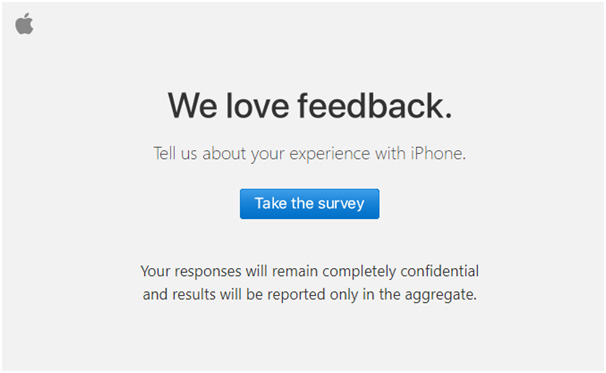
The secret to an email marketing sales funnel that converts
The secret is to understand what your customers are exactly looking for and keep them engaged with that while offering your own valuable pitch. Also, research your competitor’s funnel which is already doing well, and take inspiration (not copy) from that to create a better one.
Remember, no funnel is perfect and you have to keep experimenting to see what works best for you. Once you perfect your funnel, start working on perfecting your sales strategy to gain more and more conversions and boost your ROI.
By creating funnels, you can avoid selling your goods at the lowest possible price. You can concentrate on creating something that will minimize your client acquisition barrier and significantly enhance your lifetime value.
